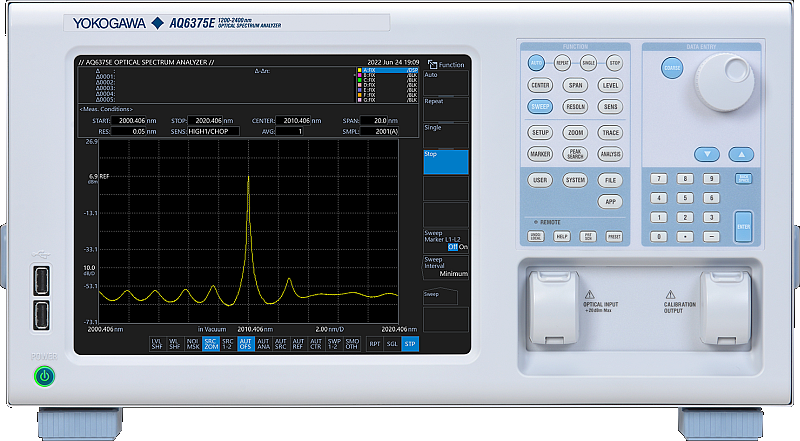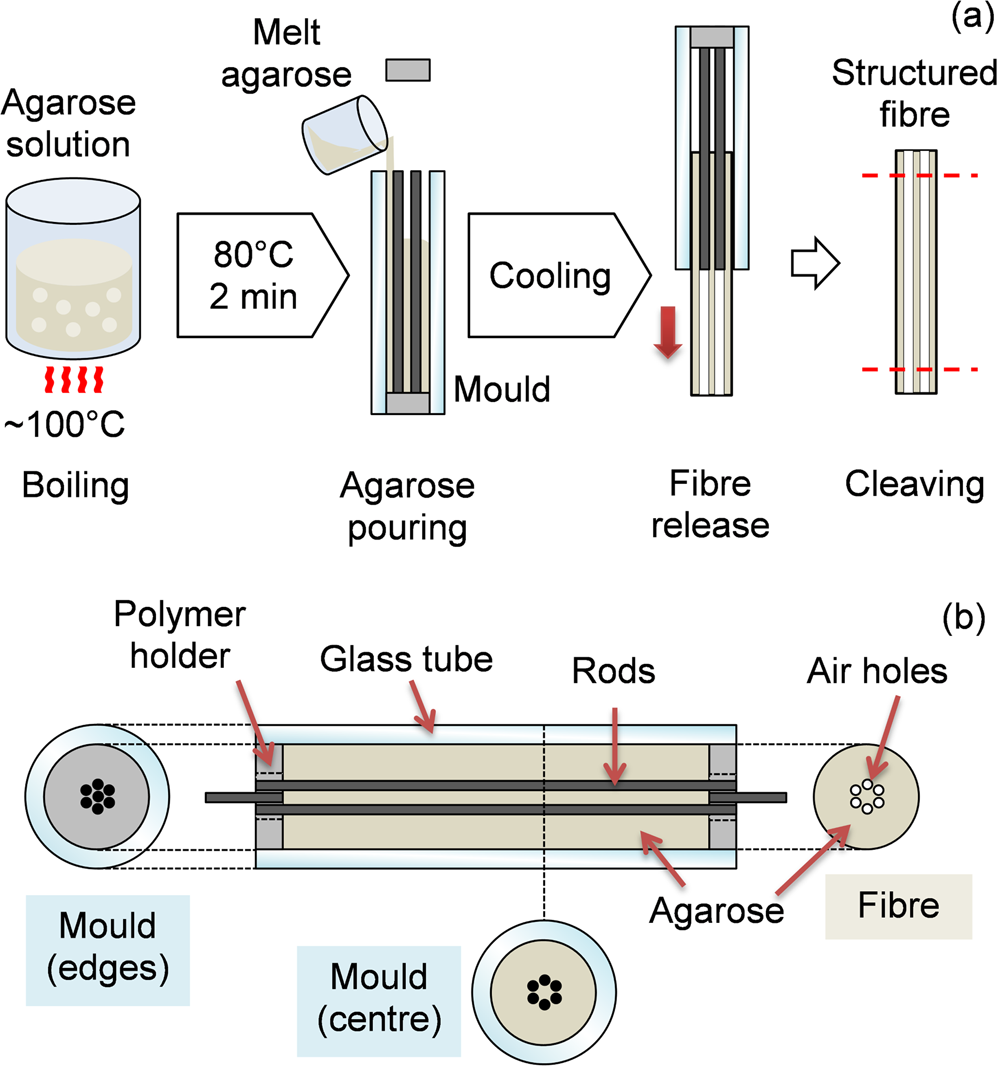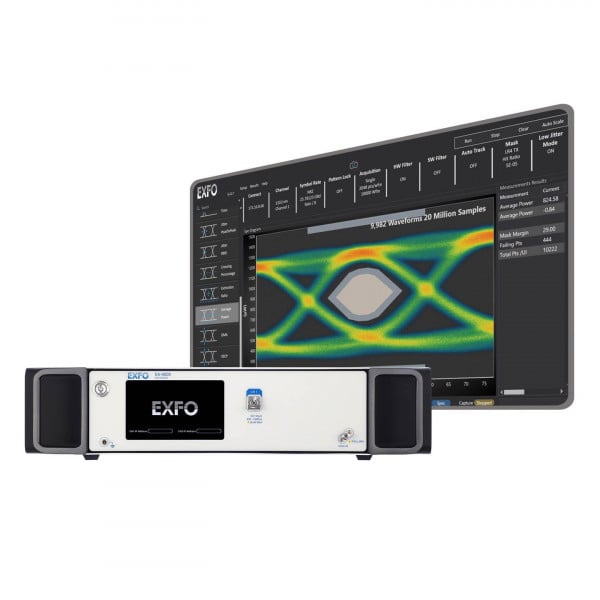Essential Features to Look for in an Optical Fibre Diameter Analyser for Optimal Performance
Essential Features to Look for in an Optical Fibre Diameter Analyser for Optimal Performance
Blog Article
How an Optical Fibre Diameter Analyser Improves High Quality Control in Fibre Manufacturing
The assimilation of an Optical Fibre Diameter Analyser right into Fibre production processes stands for a significant development in quality control techniques. By using real-time, specific measurements of Fibre diameters, this innovation attends to the crucial demand for uniformity in manufacturing requirements.

Significance of Fibre Diameter Measurement
Precise dimension of Fibre Diameter is crucial in the area of optical Fibre technology, as it directly influences the efficiency and reliability of Fibre optic systems. The Diameter of an optical Fibre influences its light-carrying ability, attenuation, and overall transmission performance. Precision in measuring Fibre Diameter ensures that the optical residential or commercial properties are kept within defined resistances, which is essential for optimal signal stability.
Variations in Fibre Diameter can cause increased losses as a result of spreading and modal diffusion, affecting the quality of information transmission. In high-speed communication systems, such disparities can cause substantial destruction of signal top quality, resulting in data mistakes and decreased efficiency. In addition, consistent Fibre Diameter is vital for compatibility with adapters and splicing technologies, which are essential components of Fibre optic networks.
Quality control processes in Fibre production heavily rely on exact Diameter dimensions to guarantee conformity with market requirements. By implementing robust dimension techniques, makers can boost product reliability, minimize waste, and enhance general system efficiency. Therefore, the relevance of Fibre Diameter measurement can not be overemphasized, as it functions as a keystone in the innovation of optical Fibre technology and its applications in modern communication networks.
Exactly How the Analyser Functions
The reliable dimension of Fibre Diameter counts on advanced logical strategies that guarantee precision and dependability in optical Fibre manufacturing (optical fibre diameter analyser). The Optical Fibre Diameter Analyser utilizes a mix of laser modern technology and progressed image processing algorithms to properly analyze the Diameter of fibers as they are generated
Initially, a laser light beam is guided at the moving Fibre, producing a cross-sectional shadow. The analyser catches this shadow utilizing high-resolution electronic cameras placed strategically along the manufacturing line. The captured photos are then refined in real-time to identify the Fibre's Diameter with extraordinary precision.
The system makes use of sophisticated formulas that represent different aspects, including variations in light intensity and environmental problems, to boost measurement integrity. It can find minute modifications in Diameter, such as fluctuations that could take place throughout the production process.
In addition, the analyser is capable of dealing with numerous fibers at the same time, enhancing throughput without jeopardizing accuracy. By providing rapid responses on the Diameter, the Optical Fibre Diameter Analyser plays a critical role in preserving rigorous quality assurance criteria, guaranteeing that the last product fulfills sector specifications and client needs.
Benefits of Real-Time Tracking
While conventional techniques of monitoring Fibre Diameter commonly include time-consuming post-production checks, real-time monitoring significantly improves the performance and quality of optical Fibre manufacturing. optical fibre diameter analyser. This aggressive technique permits manufacturers to identify variances in Fibre Diameter as they occur, as opposed to waiting up until manufacturing is full to examine high quality
By constantly determining the Diameter throughout production, suppliers can make sure that the fibres satisfy stringent requirements, bring about minimized variability and boosted uniformity. Real-time tracking additionally makes it possible for instant restorative activities to be taken, lessening waste and avoiding malfunctioning fibres from entering the supply chain.
Additionally, this technology assists in improved information collection and analysis, giving insights right into manufacturing trends and possible locations for enhancement. Such data-driven decision-making encourages producers to optimize procedures and keep high standards of quality assurance.
In addition, real-time monitoring cultivates a society of continuous improvement within the manufacturing setting. Staff members are much more involved when they can see the influence of their work in real-time, causing increased accountability and a commitment to quality. In general, the application of real-time monitoring systems in optical Fibre manufacturing translates to superior product top quality and enhanced consumer contentment.
Impact on Production Performance
Executing optical Fibre Diameter analysers dramatically boosts manufacturing performance by streamlining the manufacturing process. These devices promote constant tracking of Fibre Diameter, permitting producers to discover variances in real-time. By recognizing variances promptly, manufacturing lines can be adjusted quickly, lessening downtime and decreasing the chance of generating faulty products.
Moreover, the integration of these analysers right into the manufacturing process enables far better resource allocation. With exact Diameter dimensions, drivers can optimize material use, ensuring that sources are not wasted on mistaken fibres. This precision also adds to much less ditch and revamp, inevitably reducing production costs.
The automation supplied by optical Fibre Diameter analysers decreases dependence on manual evaluations, which are usually taxing and susceptible to human error. Because of this, employees can focus on more strategic tasks, improving total performance.
Additionally, the information generated Continued from these analysers can educate process renovations and facilitate much better decision-making. By assessing trends in Fibre Diameter variations, makers can carry out positive steps to improve production techniques and keep regular quality. In recap, optical Fibre Diameter analysers play a crucial duty in enhancing production efficiency, leading to greater top quality result and raised earnings.
Case Research Studies and Success Stories
Throughout numerous markets, study highlight the transformative impact of optical Fibre Diameter analysers on production procedures. One noticeable example is a leading telecoms firm that dealt with obstacles with inconsistent Fibre sizes, resulting in increased denial rates. By incorporating an optical Fibre Diameter analyser, the company accomplished real-time surveillance of Fibre measurements, causing a 30% decrease in defects and significant cost financial savings.

In addition, a research establishment concentrating on advanced products utilized optical Fibre Diameter analysers to refine their speculative processes. The analyser's capability to supply comprehensive insights into Fibre uniformity allowed the advancement of ingenious materials with enhanced efficiency attributes.
These success tales emphasize the necessary function of optical Fibre Diameter analysers in boosting quality assurance, enhancing production effectiveness, and driving advancement throughout varied markets.
Conclusion
In verdict, the Website Optical Fibre Diameter Analyser plays a critical role in boosting quality control within Fibre manufacturing. As demonstrated through numerous case studies, the analyser shows vital for accomplishing exceptional product quality in Fibre manufacturing.

The application of optical Fibre Diameter analysers permitted for stringent top quality control, ensuring that the generated fibers satisfied exacting sector requirements.In verdict, the Optical Fibre Diameter Analyser plays a pivotal role in boosting quality control within his explanation Fibre production.
Report this page